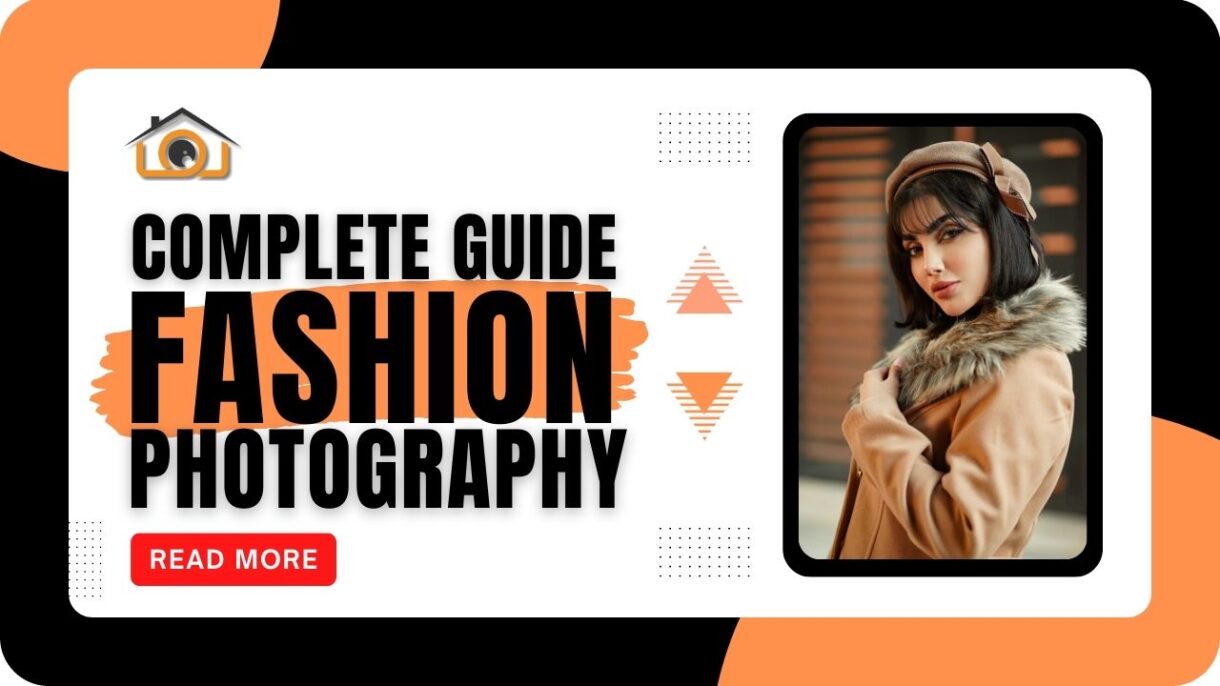The Complete Guide to Fashion Photography
fashion photography is an art form that captures garb, accessories, and fashions in a fascinating and fashionable manner. It plays a pivotal role inside the style enterprise, bringing the state-of-the-art trends to lifestyles and shaping the way we perceive garb and fashion. In this comprehensive guide, we’re going to dive deep into the arena of fashion photography, from its definition and diverse types to vital system and techniques to help you create beautiful fashion pics. Whether you are a budding style photographer or really curious approximately this fascinating area, this manual is right here to provide insights and idea.
Table of Contents
1. What is Fashion Photography?
At its middle, fashion photography is the artwork of visible storytelling thru garb and fashion. It’s a medium that showcases clothes, accessories, and splendor in a way that resonates with audiences on each a classy and emotional stage. While it could appear to be a glamorous global packed with couture robes and high-give up add-ons, fashion photography encompasses plenty more than meets the eye.
fashion photography is the bridge between the creativity of designers, the charm of fashions, and the creativeness of purchasers. It’s a dynamic area that regularly sets trends and shapes the cultural expertise of splendor, elegance, and life-style. The pics created with the aid of style photographers have the strength to evoke feelings, inspire aspirations, and power client behavior.
Throughout the a long time, fashion photography trends has evolved alongside fashion itself. Early fashion photographers captured fashionable studio photographs of models dressed in the modern-day styles, emphasizing the craftsmanship of the apparel. Over time, the art shape accelerated to consist of avant-garde concepts, outdoor locations, or even unconventional models, challenging societal norms and perceptions of beauty.
Today, fashion photography isn’t always limited to print magazines. It flourishes in various virtual systems, social media, and e-commerce websites. The upward push of influencers and the democratization of pictures have similarly converted how fashion is portrayed and ate up. As a style photographer, you have got the possibility to contribute to this ever-evolving narrative, shaping the manner style is perceived in a globalized international.
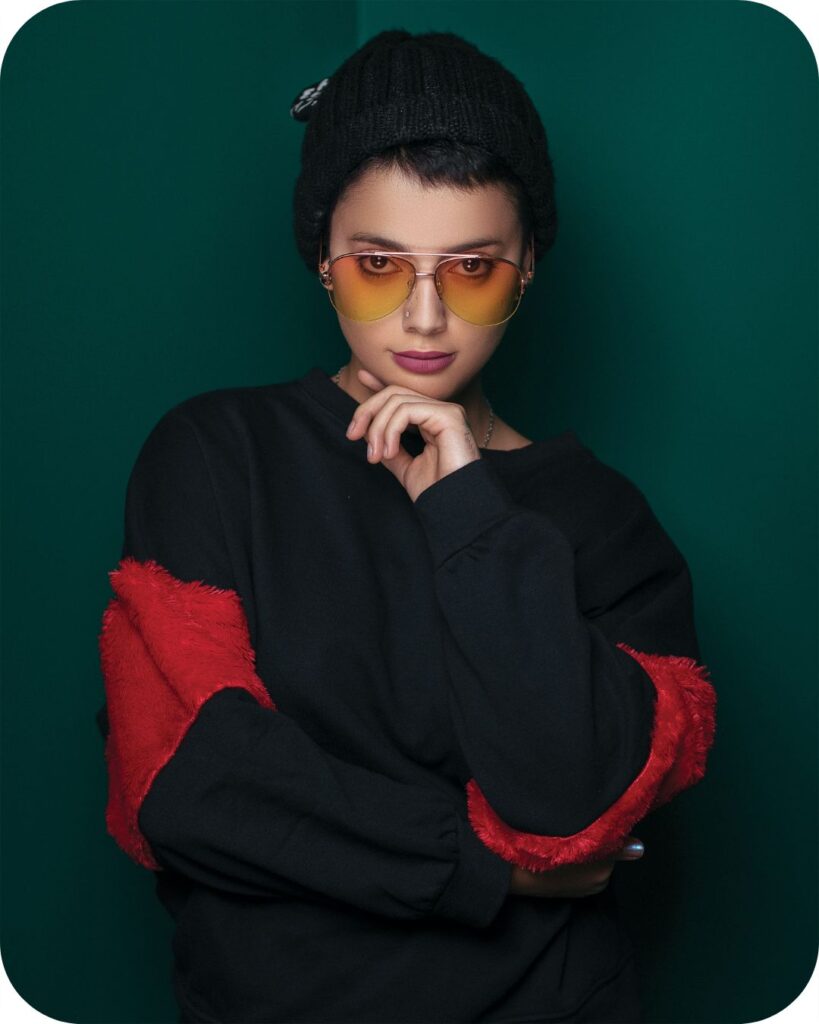
In the subsequent sections of this guide, we’ll delve into the specifics of favor images, from the differing types that exist to the equipment and strategies with a purpose to permit you to create breathtaking snap shots. So, whether or not you’re attracted to editorial shoots, commercial campaigns, or innovative experimental projects, there’s an area for you inside the various realm of style images.
2. Types of Fashion Photography
fashion photography is a multifaceted field, encompassing diverse styles and genres that cater to special functions and audiences. Here are a number of the maximum distinguished styles of fashion photography:
Editorial Fashion Photography:
Editorial fashion photography is regularly visible in fashion magazines, editorial spreads, and style-centric publications. This fashion of images specializes in telling a visual story thru a sequence of pictures. The purpose is to rouse feelings, convey a story, and capture the essence of a fashion series or idea. Editorial shoots may be inventive, edgy, or whimsical, and they offer photographers with the innovative freedom to experiment with exclusive styles and topics.
Commercial Fashion Photography:
Commercial fashion photography revolves around selling products, brands, or offerings. This form of images is commonly observed in classified ads, billboards, on line stores, and advertising and marketing campaigns. The snap shots are created with the purpose of showcasing apparel and accessories in a manner that resonates with the audience and entices them to make a buy. Commercial fashion photography calls for a keen information of the emblem’s identity and the ability to translate it visually.
High Fashion Photography:
High fashion photography is related to luxury brands, high fashion, and excessive-end fashion collections. This style frequently capabilities tricky clothes, complex details, and complex aesthetics. High fashion photography is characterised with the aid of its cognizance on beauty, refinement, and exclusivity. These images are regularly utilized in elite fashion publications and exhibitions, showcasing the inventive and aspirational aspects of fashion.
Street fashion photography:
Street fashion photography captures candid moments of favor in everyday lifestyles. Photographers report real human beings in city environments, showcasing their precise personal style and how they interpret present day fashion traits. Street style snap shots are regularly taken at some stage in fashion weeks and other fashion-related activities, supplying a glimpse into how individuals from various backgrounds include fashion into their every day lives.
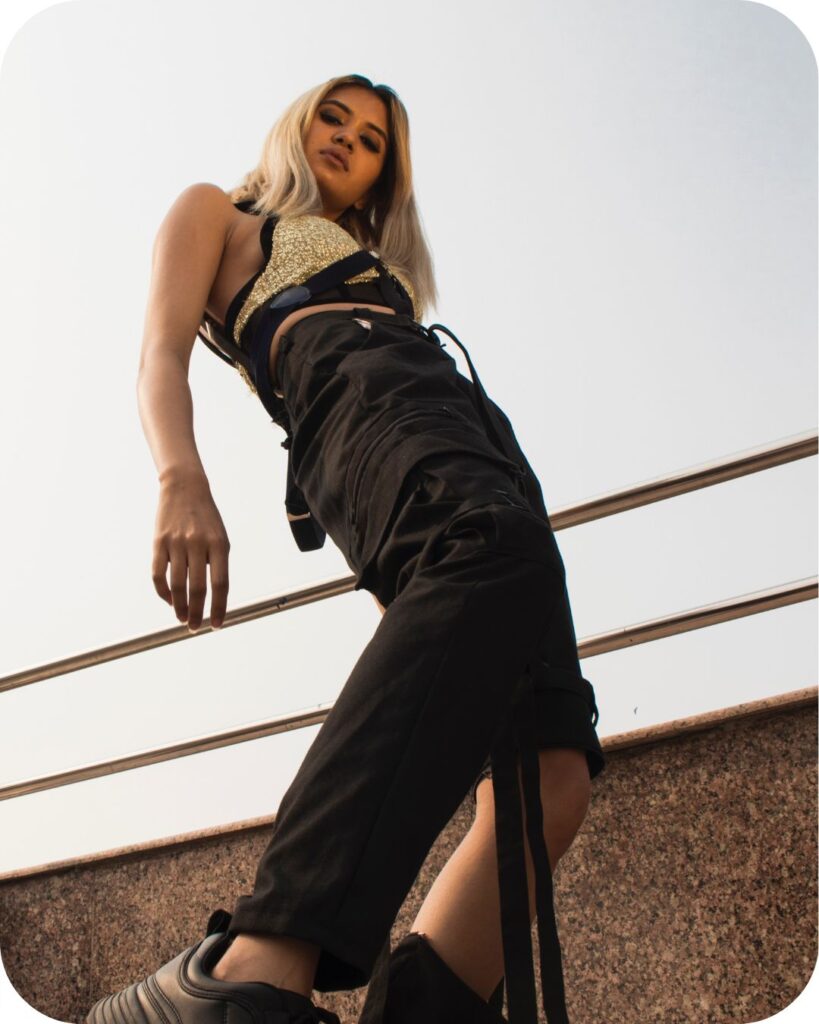
Conceptual Fashion Photography:
Conceptual fashion photography pushes the limits of creativity and artistry. It includes creating photos that inform a tale or bring a concept the use of fashion as a medium. These photos may be surreal, summary, or thought-frightening, regularly regarding innovative props, settings, and post-processing techniques. Conceptual style images demanding situations photographers to assume outdoor the field and experiment with unconventional ideas.
Runway and Backstage Photography:
Runway pictures captures the strength and glamour of style shows. Photographers work in rapid-paced environments to seize fashions strutting down the runway, showcasing the present day collections. Backstage images gives a in the back of-the-scenes observe the preparation, makeup, hairstyling, and camaraderie that goes right into a style show. These snap shots provide insights into the chaotic but charming global of runway occasions..
Each type of fashion photography comes with its own set of challenges and opportunities. As a fashion photographer, you can choose to specialize in one or more of these styles, or you can explore different genres to diversify your portfolio and skills. Remember, your creative approach and unique perspective are what will set your work apart in this competitive field.
3. Essential Equipment for Fashion Photography
Successful fashion photography relies not only on skill and creativity but also on having the right tools at your disposal. Here’s a rundown of the essential equipment you’ll need to excel in fashion photography:
Camera Bodies and Lenses:
Investing in a high-quality camera body is essential for capturing detailed and sharp images. Full-frame DSLRs and mirrorless cameras are popular choices due to their versatility and image quality. Different types of fashion photography may require various lenses. For portraits and editorial shots, a portrait lens (such as a prime lens with a wide aperture like f/1.8 or f/1.4) can create beautiful background blur and emphasize the subject. A versatile zoom lens (e.g., 24-70mm) is great for capturing a range of shots, while a wide-angle lens (e.g., 35mm or 50mm) can add creative perspectives.
Lighting Equipment:
Lighting is a cornerstone of fashion photography. While natural light can yield stunning results, studio lighting provides consistent control over the lighting conditions. Invest in quality studio strobes or continuous lights along with modifiers such as softboxes, beauty dishes, and umbrellas. These tools help you shape and control the light, creating the desired mood and emphasizing the clothing’s textures and details.
Accessories:
Tripods are indispensable for maintaining stability and consistency, especially when shooting in controlled studio environments. Reflectors bounce and manipulate light, helping to fill in shadows and highlight specific areas. Remote triggers allow you to take photos without touching the camera, minimizing the risk of camera shake.
Camera Bag and Accessories:
A reliable camera bag keeps your gear organized and protected while on the move. Additionally, carry spare batteries, memory cards, lens cloths, and cleaning kits to ensure you’re always ready for a shoot.
Backdrop and Props:
For studio shoots, having a variety of backdrops can add versatility to your images. Seamless paper, textured fabric, or customized sets can create different atmospheres. Props can complement the clothing and set the scene, enhancing the visual narrative.
Remember that while equipment is important, your creativity, knowledge of lighting techniques, and ability to work with models play a significant role in achieving outstanding fashion photography. As you gain experience, you’ll develop your preferences for specific gear that aligns with your style and the type of fashion photography you pursue.
4. Preparing for a Fashion Shoot
A successful fashion shoot requires meticulous planning and coordination to ensure that everything comes together seamlessly. Here’s how to prepare for a fashion shoot:
Conceptualizing the Shoot:
Before you start shooting, establish a clear concept or theme for your photoshoot. Create mood boards, gather inspiration from fashion magazines, art, and photography, and outline the narrative you want to convey through your images. A well-defined concept guides every aspect of the shoot, from styling to posing and post-processing.
Assembling Your Team:
Collaboration is key in fashion photography. Depending on the scale of the shoot, you may need to work with a team that includes models, makeup artists, hairstylists, wardrobe stylists, and possibly art directors. Each member brings their expertise to the table, contributing to the overall vision of the shoot.
Model Selection:
Choosing the right model is crucial as they’ll be the canvas on which your vision comes to life. Consider the model’s look, personality, and ability to embody the concept you’re aiming for. Depending on the shoot’s focus, you may choose professional models or even street-cast individuals with unique and authentic style.
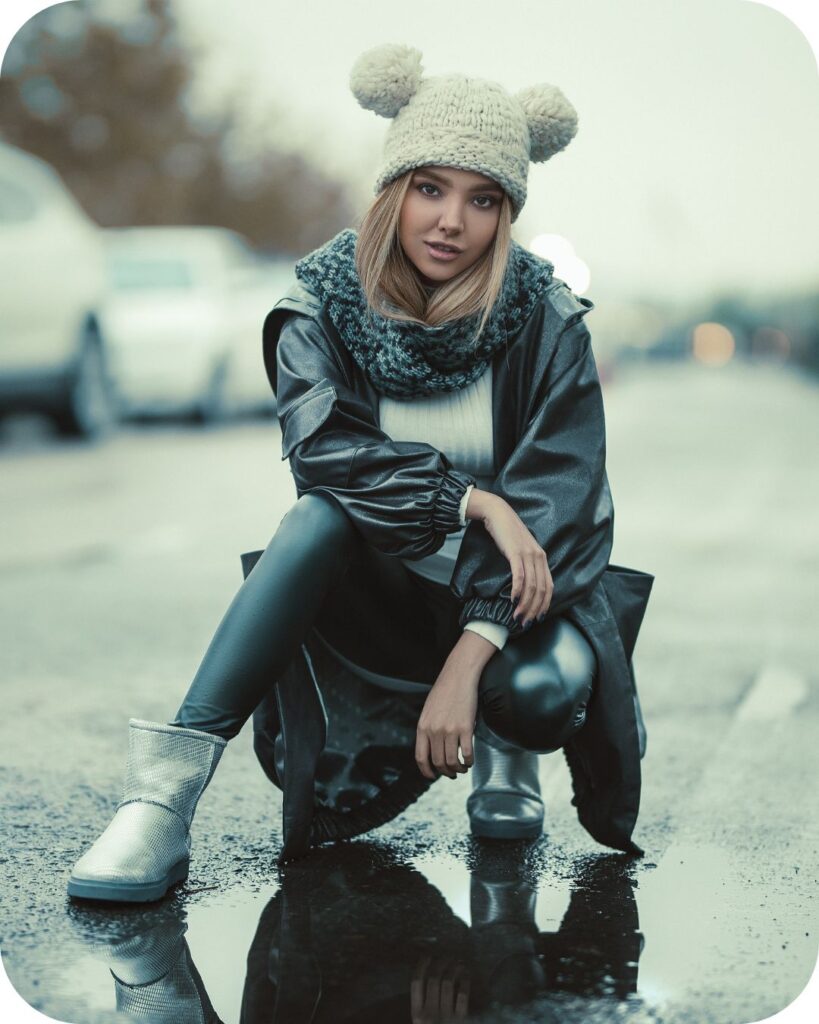
Location Scouting:
Selecting the perfect location sets the tone for your shoot. Whether you’re shooting indoors or outdoors, consider how the setting complements your concept. Urban environments, natural landscapes, and studio setups offer distinct backdrops that contribute to the visual narrative.
Wardrobe and Styling:
Collaborate closely with a wardrobe stylist to curate outfits that align with your concept. The clothing should not only showcase the latest trends but also tell a story that resonates with your audience. Pay attention to color palettes, textures, and how the garments interact with the environment.
Hair and Makeup:
Hair and makeup play a significant role in conveying the mood of the shoot. Communicate with your makeup artist and hairstylist to ensure that the looks enhance the overall aesthetic. From natural beauty to avant-garde styles, the choice of hair and makeup can transform the entire visual narrative.
Planning the Schedule:
Create a detailed shoot schedule that outlines the timing for each setup, outfit change, and creative direction. Efficient time management keeps the shoot on track and minimizes stress for the team and models.
By investing time in thorough preparation, you lay the foundation for a successful and enjoyable photoshoot. A well-organized team, a clear concept, and attention to detail will contribute to the creation of compelling fashion photography that capture your artistic vision.
5. Understanding Lighting Techniques
Lighting is the cornerstone of fashion photography, and mastering various lighting techniques can elevate your images to new heights. Here are some essential lighting ideas to think about:
Natural Light vs. Studio Lighting:
Natural light provides a soft, flattering glow that can enhance the beauty of your subjects. It’s versatile and readily available, making it suitable for outdoor and indoor shoots near windows. On the other hand, studio lighting offers complete control over the light’s intensity, direction, and quality. It’s essential for achieving consistent results, especially in controlled environments.
Direction of Light:
The direction from which light falls on your subject can significantly impact the mood and aesthetics of the image. Front lighting produces even illumination and minimizes shadows, while side lighting creates dimension by casting shadows on one side of the subject. A striking silhouette effect can be produced by backlighting.
Modifiers and Diffusers:
Modifiers, such as softboxes, beauty dishes, and umbrellas, help control and shape the quality of light. Softboxes diffuse light to create soft and even illumination, while beauty dishes provide a mix of softness and contrast. Diffusers soften harsh light while reflectors fill up shadows by reflecting light back onto the subject.
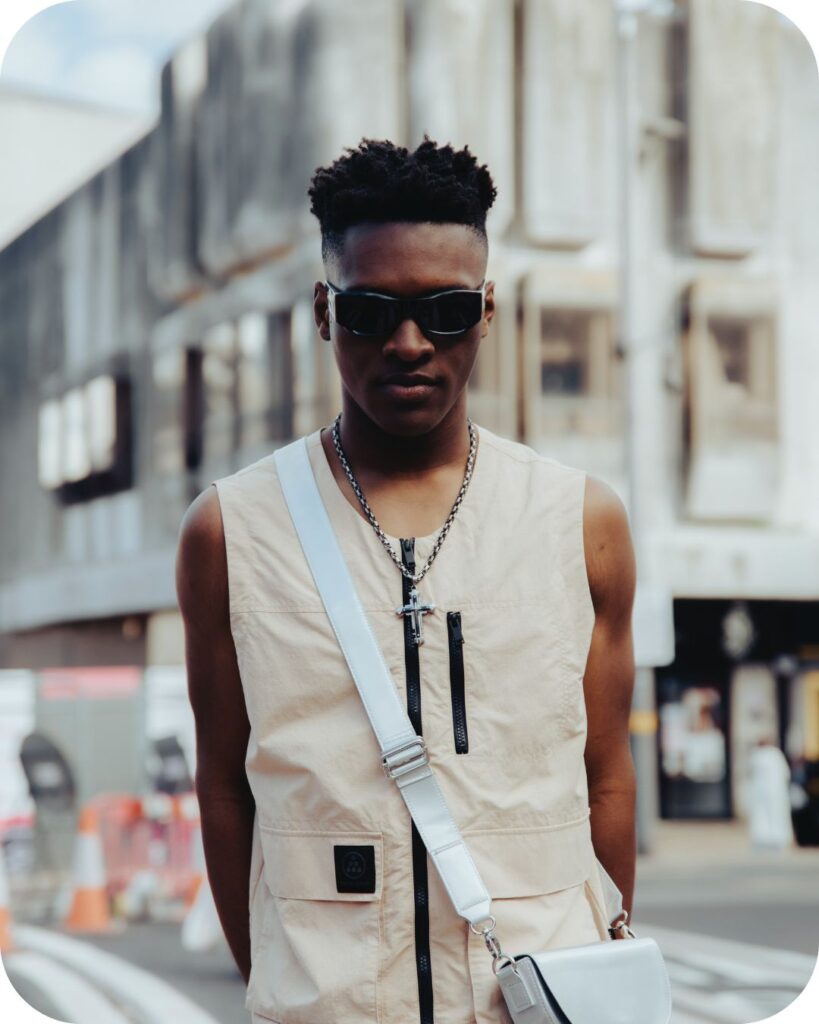
Creating Mood with Light:
The choice of lighting technique contributes to the overall mood of the image. Soft, diffused light is often used for dreamy and romantic looks, while dramatic lighting with strong contrasts can add intensity and intrigue. Experiment with different setups to evoke the emotions you want to convey.
Using Light to Highlight Textures:
In fashion photography, showcasing the textures of clothing and accessories is crucial. Side lighting or lighting at an angle can create highlights and shadows that emphasize fabric textures, embroidery, and intricate details. Your photographs get depth and dimension as a result.
Control and Experimentation:
Mastery of lighting requires experimentation and practice. Familiarize yourself with your lighting equipment and learn how to control light’s intensity, angle, and direction. Don’t hesitate to test different lighting setups and modifiers to discover the effects they produce.
As you gain experience with lighting techniques, you’ll develop a unique style that aligns with your creative vision. Remember that lighting is a powerful tool that can completely transform the look and feel of your fashion photography.
8. Conclusion
Fashion photography is an intricate blend of creativity, technical skill, and storytelling. As you’ve explored this comprehensive guide, you’ve gained insights into the multifaceted world of fashion photography. From understanding its significance to mastering lighting techniques, posing models, and crafting compelling compositions, you’ve embarked on a journey that can lead to captivating and evocative images.
Remember that fashion photography is not only about capturing clothing; it’s about conveying emotions, telling stories, and inspiring audiences. Every photograph you create is an opportunity to shape perceptions, challenge conventions, and contribute to the ever-evolving landscape of fashion and style.
As you continue your journey as a fashion photographer, stay curious, keep learning, and embrace your unique perspective. Don’t be afraid to experiment, push boundaries, and refine your skills. Your dedication and passion will guide you as you navigate the dynamic world of fashion photography.
So, whether you find yourself in the realm of editorial spreads, commercial campaigns, high fashion, or conceptual projects, your ability to capture the essence of fashion and beauty will leave an indelible mark on the industry.
Armed with knowledge, creativity, and a camera in hand, you’re now ready to embark on your own fashion photography adventures. Embrace the challenges, celebrate the triumphs, and let your artistic vision shine through every image you create.
Happy photographing!
